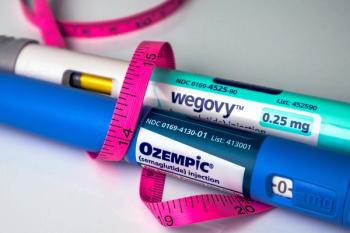
Pharmacist error rate rises as workload climbs
Hospital pharmacists are aware that they have too many orders to fill on a daily basis – in addition to numerous other job functions, including working with insurers and counseling patients. And now, a new study verifies that the more orders pharmacists fill, the more likely it is for errors to occur.
Hospital pharmacists are aware that they have too many orders to fill on a daily basis – in addition to numerous other job functions, including working with insurers and counseling patients. And now, a new study verifies that the more orders pharmacists fill, the more likely it is for errors to occur.
Authored by pharmacists with Houston Methodist Hospital in Houston and the University of Houston College of Pharmacy, the
The researchers reviewed inpatient and outpatient medication errors that were reported between July 1, 2011, and June 30, 2012, at a large tertiary care medical center in Houston, Texas. The study included more than 1.9 million medication orders that were handled by 50 pharmacists. During the one-year time period, 92 medication error events had occurred during order verification.
The researchers found that number of medication errors increased with the number of orders verified per pharmacist per shift. “The verification of over 400 orders per shift per pharmacist was associated with the highest risk of errors,” the researchers wrote. The overall error rate was 4.87 errors per 100,000 orders verified.
Of the 50 pharmacists included in the study, 31 committed at least one medication error throughout the year in question. Pharmacists who worked at the medical center for a longer period of time generally had a lower error rate. “There was also a lower error rate seen for pharmacists who had a Doctor of Pharmacy degree, compared with those who had a Bachelor of Science degree; however, those results were not statistically signficiant,” the researchers wrote.
Medications associated with errors
The five most common medications associated with an error report were pneumococcal vaccine (13 percent) for duplicate order, piperacillin-tazobactam 3.375-g vial (4 percent) for allergy or wrong dose, influenza virus vaccine (3 percent) for duplicate order, warfarin sodium 5-mg tablet (2 percent) for wrong dose, and dexamethasone injection 4 mg/mL (2 percent) for wrong dose.
However, additional studies are needed to validate the research and identify a maximum number of orders verified per hour that maintains safe practices, according to the researchers. “Future work should also focus on improving the efficiency of the order verification process without increasing the risk for medication errors,” they wrote.
Newsletter
Pharmacy practice is always changing. Stay ahead of the curve with the Drug Topics newsletter and get the latest drug information, industry trends, and patient care tips.




